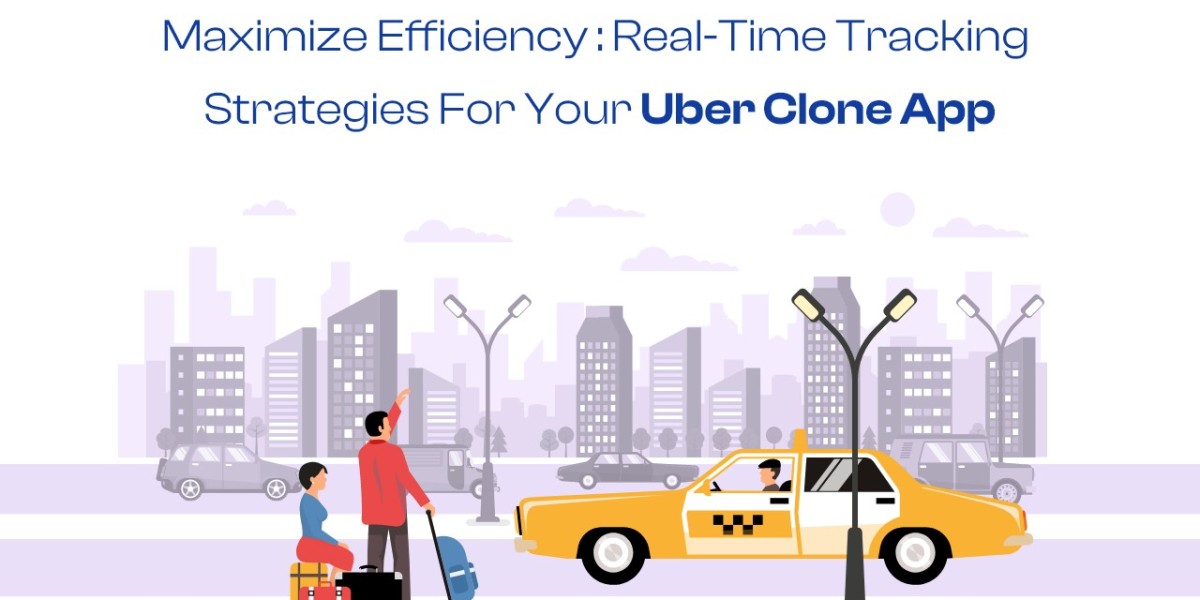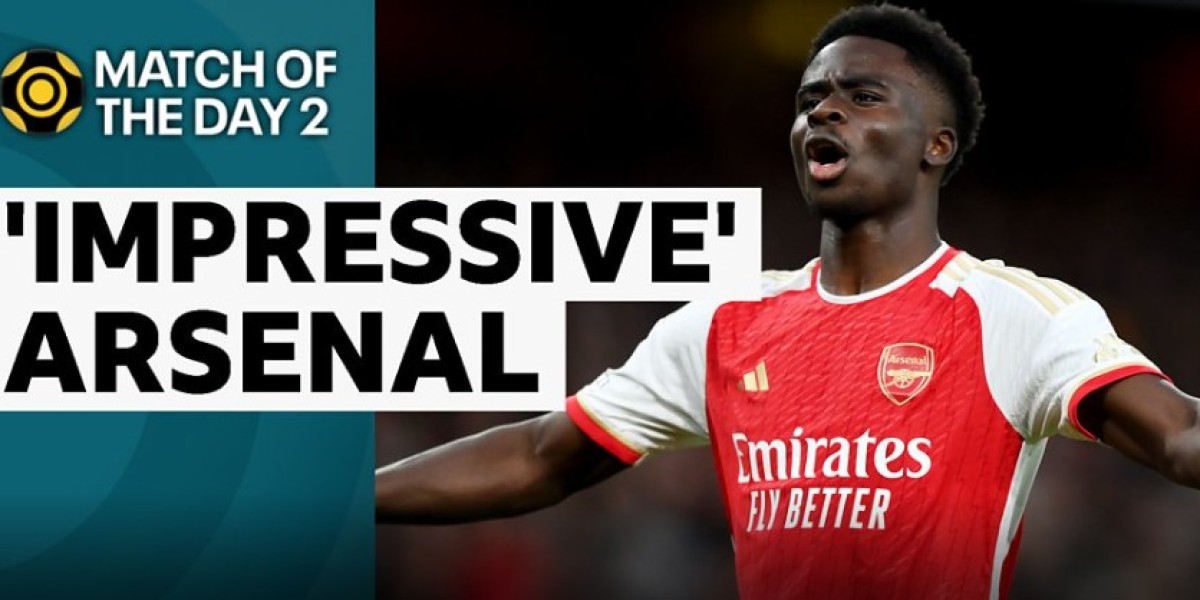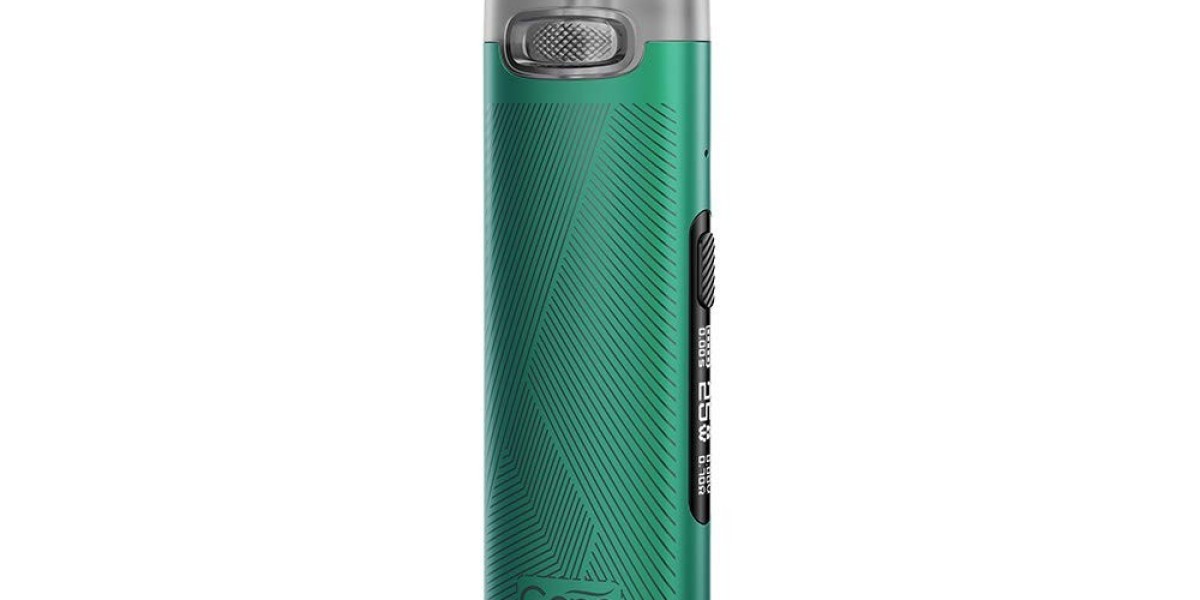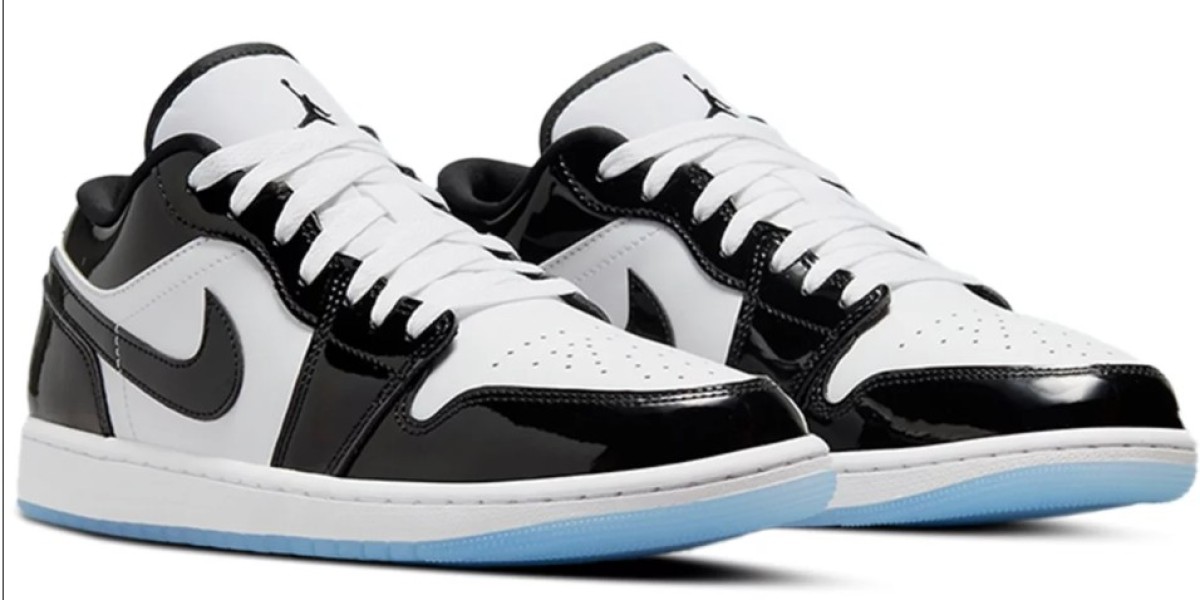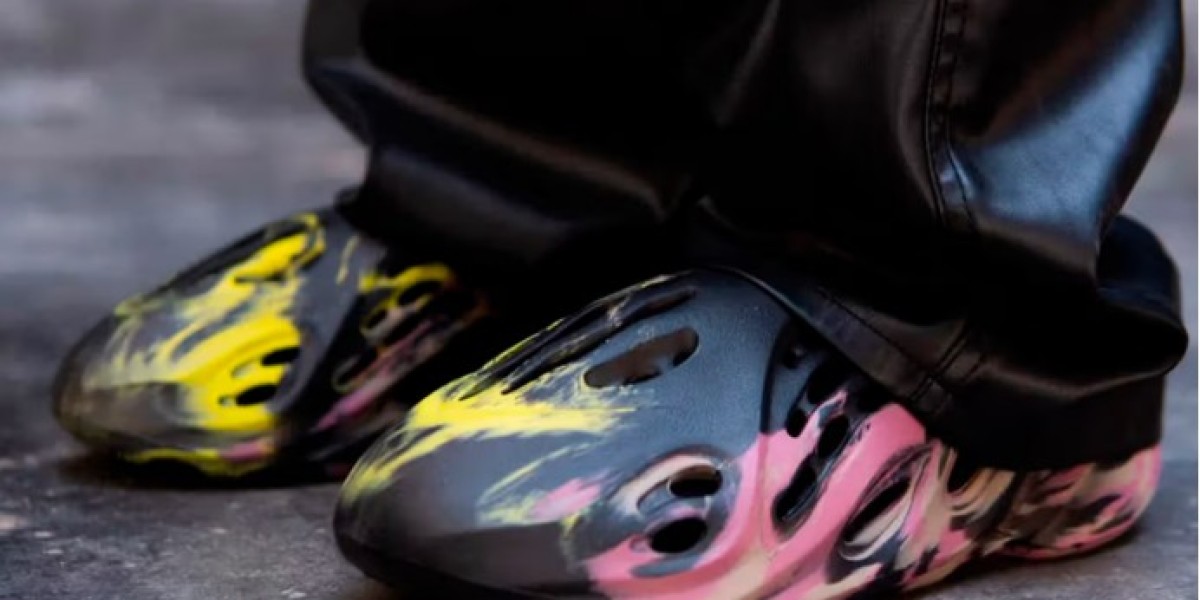Are you looking for ways to maximize the efficiency of your Uber clone app? Look no further! In this article, we will discuss real-time tracking strategies that can take your app to the next level. By incorporating these strategies, you'll be able to provide an enhanced user experience and revolutionize the way people travel.
Understanding the Importance of Real-Time Tracking in Uber Clone Apps
Real-time tracking is a crucial feature in any Uber clone app. It allows users to track their rides in real time, providing them with accurate and up-to-date information about their driver's location, estimated time of arrival, and route details. This level of transparency not only enhances the user experience but also builds trust and confidence among your users. This level of efficiency translates into cost savings and increased customer satisfaction.
Benefits of Real-Time Tracking for Users and Businesses
Real-time tracking offers numerous benefits for both users and businesses. For users, the ability to track their rides in real time provides a sense of control and security. They can see exactly where their driver is and estimate when they will arrive, eliminating the need to wait anxiously without any information.
Additionally, real-time tracking allows users to plan their time more effectively. They can track their driver's progress and estimate the time it will take to reach their destination. Real-time tracking enables users to make informed decisions, leading to a smoother and more efficient travel experience.
Real-Time Tracking Features in Uber Clone Apps
Uber clone app typically offer a range of real-time tracking features to enhance the user experience. Some of the key features include:
Live Driver Location
Users can see the real-time location of their assigned driver on a map within the app. This feature provides users with a visual representation of their driver's progress and helps them estimate the time of arrival.
Estimated Time of Arrival
Uber clone apps often provide users with an estimated time of arrival (ETA) for their ride. This ETA is calculated based on the driver's current location and the estimated time to reach the user's pickup point. Users can track the ETA in real time and plan their activities accordingly.
Route Details
Real-time tracking also includes route details, allowing users to see the path their driver will take to reach the destination. This feature provides users with a sense of control and helps them verify that the driver is taking the most efficient route.
Push Notifications
Uber clones apps to push notifications to keep users informed about their rides. Users receive notifications when their driver is nearby, has arrived at the pickup location, or when there are any updates or changes to their ride.
These real-time tracking features work together to provide users with a seamless and transparent experience. By incorporating these features into your Uber clone app, you can ensure that your users have access to accurate and up-to-date information about their rides, leading to increased satisfaction and loyalty.
How Real-Time Tracking Works in Uber Clone Apps
Real-time tracking in Uber clone apps relies on a combination of technologies, including GPS, mapping, and data synchronization. Here's a simplified overview of how real-time monitoring works:
GPS Technology
Uber clone apps use GPS technology to track the location of drivers and users. GPS receivers in smartphones or in-car devices capture the satellite signals to determine the precise location coordinates.
Data Synchronization
Real-time tracking requires continuous data synchronization between the user's app, the driver's app, and the server infrastructure. It ensures that all parties have access to the latest location information and other ride details.
Backend Infrastructure
Uber clone apps rely on a robust backend infrastructure to handle the data flow and process real-time tracking updates. This infrastructure manages the communication between the user, the driver, and the server, ensuring that the information is delivered accurately and efficiently.
Best Practices for Implementing Real-Time Tracking in Your Uber Clone App
Implementing real-time tracking in your Uber clone app requires careful planning and execution.
Design for Scalability
Real-time tracking generates a significant amount of data that needs to be processed and delivered in real time. Ensure that your app's infrastructure is scalable and can handle the increasing data load as your user base grows.
Provide Offline Support
In situations where the user's device loses internet connectivity, it's essential to provide offline support for real-time tracking.
Error Handling and Recovery
Real-time tracking involves various components and dependencies. Implement robust error handling and recovery mechanisms to handle situations where the GPS signal is lost, the mapping service is unavailable, or the data synchronization fails.
User Privacy and Consent
Real-time tracking involves collecting and processing sensitive location data. Ensure that you comply with privacy regulations and obtain explicit user consent before enabling real-time monitoring.
Integrating GPS Technology for Accurate Real-Time Tracking
Accurate real-time tracking is only possible with the integration of GPS technology into your Uber clone app. Here's how you can integrate GPS technology for accurate real-time monitoring:
Access GPS Data
Your app needs to access GPS data from the user's device to determine their location.
Request Location Permissions
Before accessing GPS data, you need to request permission from the user.
Implement Location Updates
Once you have access to GPS data, implement location updates to track the user's movement in real time.
Ensuring Data Privacy and Security in Real-Time Tracking
Real-time tracking involves the collection and processing of sensitive location data. It's crucial to prioritize data privacy and security to build trust with your users. Here are some measures to ensure data privacy and security in real-time tracking:
Anonymize Location Data
When storing or transmitting location data, remove any personally identifiable information (PII) to protect user privacy. Instead of keeping the user's exact location, consider using anonymized identifiers or aggregated data for analysis and reporting.
Secure Data Transmission
Use secure protocols, such as HTTPS, to encrypt data transmissions between the user's device and your server.
Implement Access Control
Limit access to location data to authorized personnel or systems. Implement user authentication and role-based access control to ensure that only authorized individuals can access sensitive data.
Transparency and Consent
Clearly communicate your data privacy practices to your users. Obtain their informed consent and give them control over their data, including the ability to opt out of real-time tracking if desired.
By prioritizing data privacy and security, you can build trust with your users and demonstrate your commitment to protecting their sensitive information.
User Experience Enhancements with Real-Time Tracking
Real-time tracking not only enhances the functionality of your Uber clone script but also improves the overall user experience. Here are some ways real-time monitoring can enhance the user experience:
Transparency and Peace of Mind
Real-time monitoring provides users with transparency and eliminates the uncertainty of waiting for a ride. Users can see their driver's location and estimated time of arrival, giving them peace of mind and reducing anxiety.
Improved Planning and Time Management
With real-time tracking, users can plan their time more effectively. They can track their driver's progress and estimate the time it will take to reach their destination. This information is beneficial when users have tight schedules or need to catch flights or essential appointments.
Efficient Communication
Real-time tracking reduces the need for constant communication between the user and the driver. Users can see their driver's location on a map, eliminating the need to call or message for updates. It streamlines the communication process and allows users to focus on other tasks.
Seamless Navigation
Real-time tracking is often integrated with navigation services, providing users with turn-by-turn directions to their destination. This seamless integration eliminates the need for users to switch between apps or rely on external navigation devices.
Personalization and Customization
Real-time tracking allows for personalization and customization of the user experience. For example, users can set preferences for their preferred routes, receive notifications for specific events during the ride, or choose alternate pickup or drop-off locations.
Conclusion
By incorporating real-time tracking strategies, you can provide users with transparency, peace of mind, and an enhanced travel experience. Real-time tracking not only benefits users by providing accurate information about their rides but also helps businesses streamline operations and increase customer satisfaction. To maximize the efficiency of your Uber clone app, consider integrating real-time tracking features such as live driver location, estimated time of arrival, route details, and push notifications.
FAQs
What is real-time monitoring?
Real-time tracking uses GPS and advanced software to allow you to track and monitor the location of objects or vehicles in real-time.
How does real-time tracking benefit ride-sharing apps?
Ride-sharing apps benefit from real-time tracking by reducing wait times, optimizing routes, and improving driver and passenger safety and security.
What is the best technology for real-time tracking implementation?
Accuracy, compatibility, and scalability determine the best technology to implement real-time tracking. GPS-based systems are widely used.
Does real-time tracking pose any privacy issues?
Real-time tracking does pose privacy issues. Data privacy is essential, and it's vital to protect user information.
